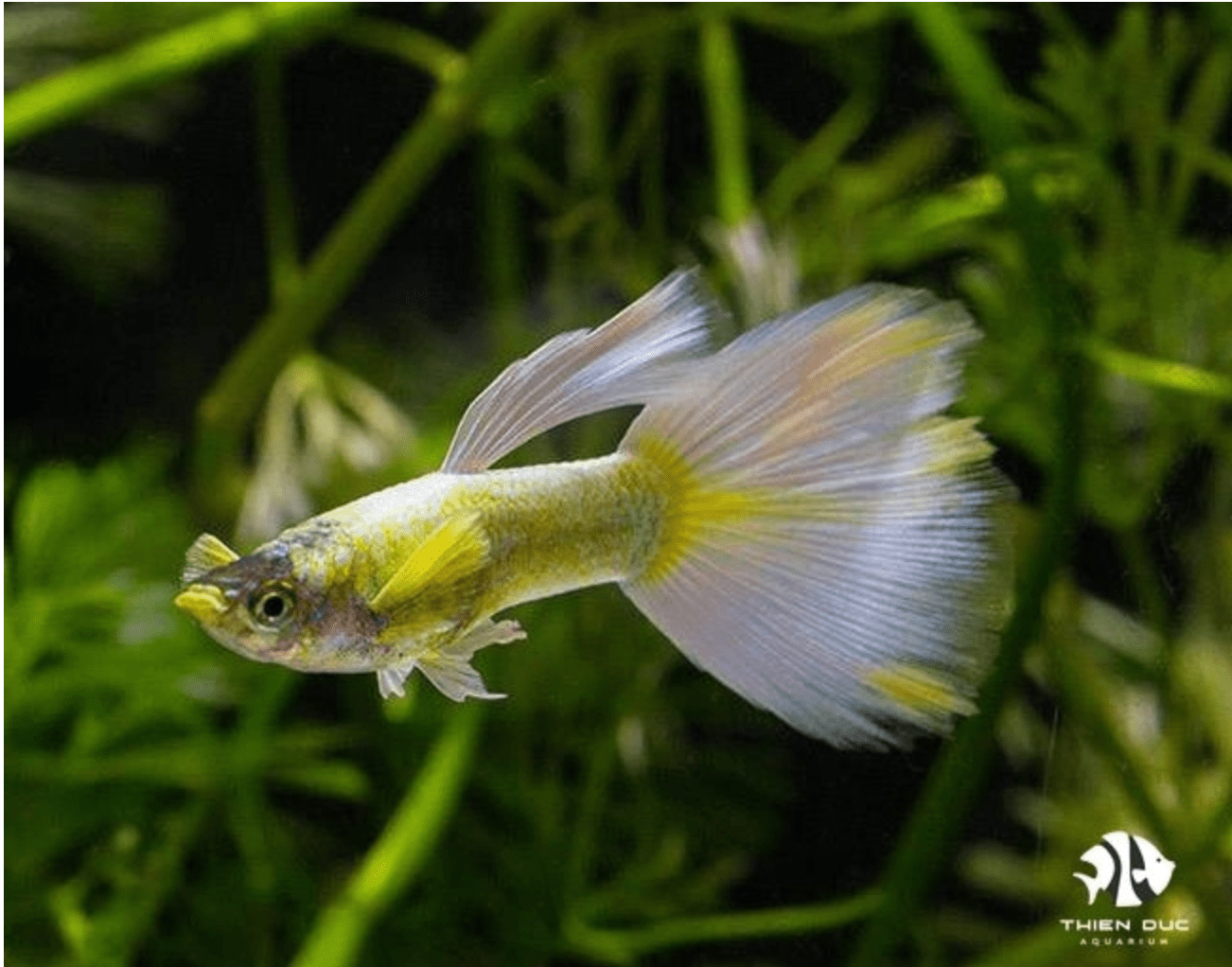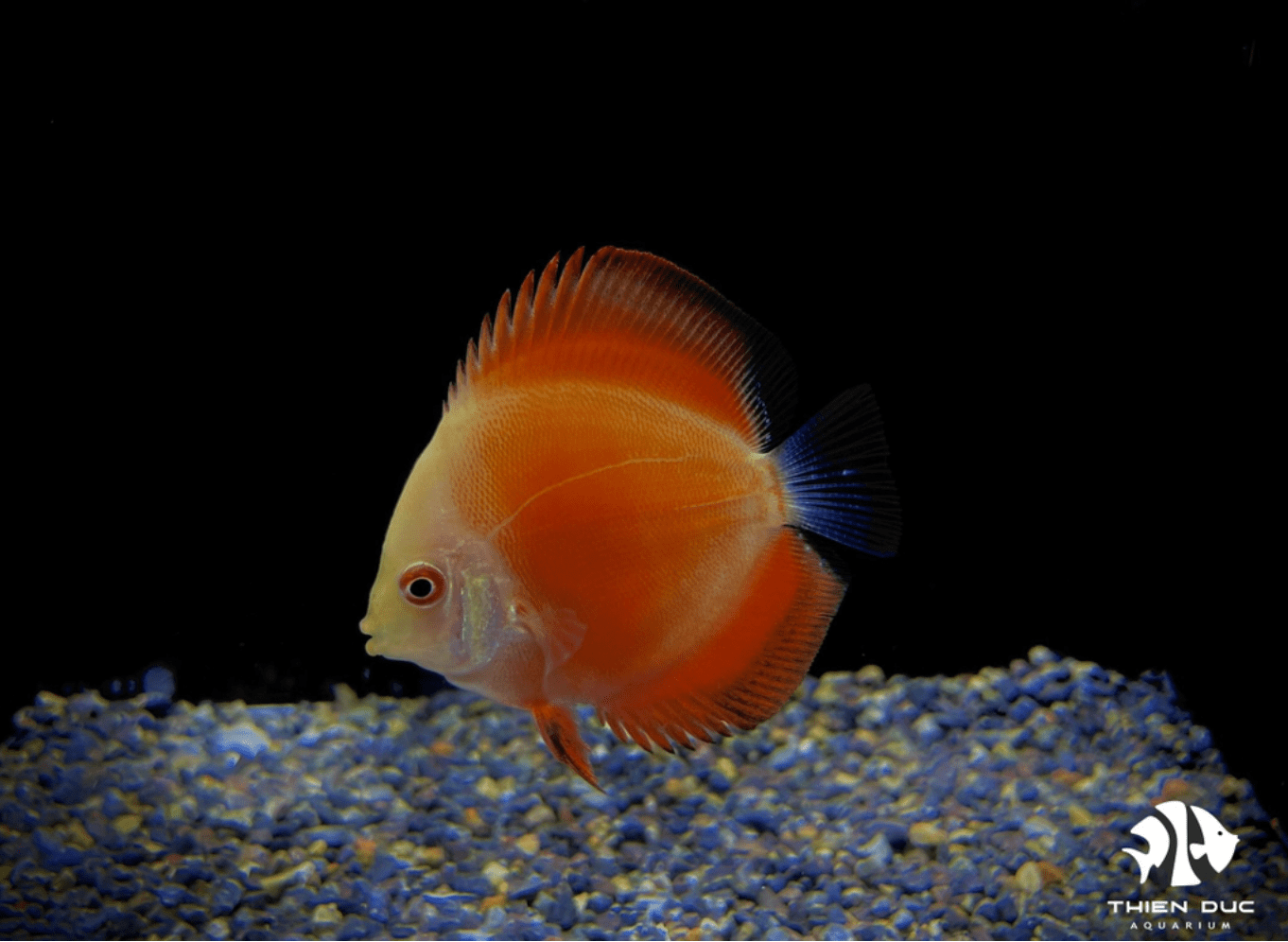Brackish Water Fish: A Guide to Creating the Best Habitat
Are you fascinated by the unique ecosystems where freshwater meets saltwater? This delicate balance, known as brackish water, is home to some of the most captivating and resilient aquatic creatures. Creating a thriving environment for these species in a home aquarium requires a specific understanding of their needs, but the reward is a beautiful and dynamic habitat. THIENDUC AQUARIUM comprehensive guide will walk you through every step of the process, ensuring you can provide the ideal home for your brackish water fish.
Understanding Brackish Water
What is it?
Brackish water is a unique aquatic environment where freshwater and saltwater mix, resulting in a salinity level that fluctuates between the two extremes. It’s a common feature in estuaries, mangroves, and deltas where rivers meet the sea. This unique blend creates a habitat with stable but low salinity, making it unsuitable for both purely marine and purely freshwater fish. However, this is the perfect home for true brackish water fish.

The Importance of Salinity
Salinity, the concentration of salt in water, is the most critical parameter in a brackish water tank. For most brackish water fish, a specific gravity (a measure of salinity) between 1.005 and 1.012 is ideal. Keeping a stable salinity is crucial for the health of your fish, as their bodies have adapted to this specific osmotic pressure. A sudden or significant change in salinity can cause severe stress and even death.
Measuring Salinity
To maintain the correct salinity, you must have reliable tools. The most common and affordable option is a hydrometer, which measures specific gravity by floating in the water. For more precise readings, a refractometer is highly recommended. By placing a few drops of tank water on the refractometer’s prism, you can get an accurate salinity reading, allowing you to make precise adjustments. For the discerning European aquarist, investing in a high-quality refractometer is a wise choice to ensure the stability your brackish water fish need.
Essential Equipment for a Brackish Water Tank
The right equipment is the foundation of any successful aquarium, and for brackish setups, this is especially true.
Tank Size
Tank size is paramount. The minimum tank size for most brackish water fish is around 20 gallons (75 litres), but larger tanks are always better. A larger volume of water is more stable in terms of temperature and water chemistry. A bigger tank also allows for more diverse fish species and decorations, creating a more natural and stimulating environment.

Filtration
A strong and dependable filtration system is necessary. The mixture of organic waste and marine salt requires robust mechanical, chemical, and biological filtration. A hang-on-back (HOB) filter is a good starting point for smaller tanks. For larger setups, a canister filter provides superior filtration capacity, which is perfect for maintaining the pristine water quality that brackish water fish demand.
Substrate and Decor
For substrate, consider using coral sand or aragonite. These substrates naturally help to buffer the pH and alkalinity of the water, which is a major benefit in a brackish environment. Decorative elements can include live rock, driftwood, and mangrove roots. THIENDUC AQUARIUM, with its expertise in sourcing fish from diverse habitats, can also be a valuable resource for natural decor to help recreate a true brackish habitat.
Heater & Thermometer
It's critical to keep the temperature constant. A reliable heater and a thermometer are non-negotiable. Most brackish water fish thrive in a temperature range of 24°C to 28°C (75°F to 82°F). Regular monitoring with a thermometer will help you spot any temperature fluctuations and prevent stress on your fish.
Setting Up the Tank
Establishing your brackish aquarium is a meticulous process that pays dividends in the long run.
Preparing the Water
Never use table salt; you must use marine aquarium salt. To prepare the water, start with de-chlorinated freshwater. Slowly add the marine salt while stirring until it dissolves completely. Use your hydrometer or refractometer to check the specific gravity and add more salt or water as needed to reach your target salinity. It's best to prepare the water in a separate container before adding it to the tank. This is a practice that ensures the utmost care, reflecting the high standards of aquatic hobbyists in Germany and the UK.
Adding Substrate & Decor
Once the water is ready, you can add your substrate and carefully arrange your decor. Rinse everything thoroughly before adding it to the tank to remove any dust or impurities. When creating a habitat for your brackish water fish, focus on creating hiding spots and territories, which will reduce aggression and provide a sense of security for your fish. This is a crucial step for the wellbeing of your aquatic friends.
Cycling the Tank
The most important and time-consuming step is cycling your tank. This process establishes a colony of beneficial bacteria in your filter and substrate that convert toxic ammonia and nitrite into less harmful nitrate. This process could take weeks. You shouldn't add any fish at this time. Use an ammonia source (like fish food) to feed the bacteria and regularly test the water parameters. It's a test of patience, but a well-cycled tank is a healthy tank.
Choosing the Right Fish
Selecting the right species for your tank is an exciting part of the process.
Popular Brackish Water Fish
Many species of brackish water fish are available from reputable suppliers. The sailfin molly is a hardy and beautiful livebearer. The dwarf pufferfish is a charming and intelligent species. For larger tanks, the striped bass is an impressive sight to behold. For enthusiasts in France and the Netherlands, there are also a variety of unique and exotic species to discover. THIENDUC AQUARIUM, a leading exporter of freshwater ornamental fish, can provide access to a wide range of captivating species, including those suited to brackish environments, ensuring you have the best selection for your aquarium.

Compatibility
Not all brackish fish can live together. Some, like the pufferfish, can be aggressive. Always research the temperament of each species before introducing it to your tank. Group sizes are also important, as some fish are schooling species and need to be kept in groups to thrive. By doing your research and consulting with experts, you can create a harmonious community. This careful consideration for animal welfare is a principle that resonates deeply with aquarists across Europe.
Maintenance and Care
Consistent and diligent maintenance is the key to a healthy brackish water fish tank.
Water Changes
Regular partial water changes are essential to remove built-up nitrates and replenish important trace elements. A 25% water change every two weeks is a good general guideline, but this may vary depending on your tank's bioload. Always prepare the new water to match the exact temperature and salinity of the tank water to avoid shocking the fish.
Feeding
Give your fish a variety of foods to make sure they get all the nutrients they require. This can include high-quality flakes, pellets, frozen foods like bloodworms or brine shrimp, and even live food. Be careful not to overfeed, as excess food will decompose and pollute the water, potentially leading to ammonia spikes that are detrimental to your brackish water fish.
Monitoring Water Parameters
Regular testing of your water is non-negotiable. To keep an eye on the levels of nitrite, nitrate, ammonia, and pH, use test kits. Nitrite and ammonia levels should always be zero. Regular water changes are necessary to maintain the lowest possible nitrate levels. This constant vigilance is what separates a good habitat from a great one.
Conclusion
Creating a brackish water habitat for your brackish water fish is a rewarding journey. For the best quality fish and expert partnership, consider THIENDUC AQUARIUM. With over a decade of experience and a vast network, we are a trusted choice for European hobbyists looking to stock their tanks with vibrant and healthy brackish water fish.
Contact Information:
-
Address: 57 Le Thi Sieng, Tan Thong Hoi, Cu Chi, Ho Chi Minh City, Viet Nam
-
Mobile: +84903912501
-
Office: +84982577871
-
Email: thien@thienducaquarium.com










